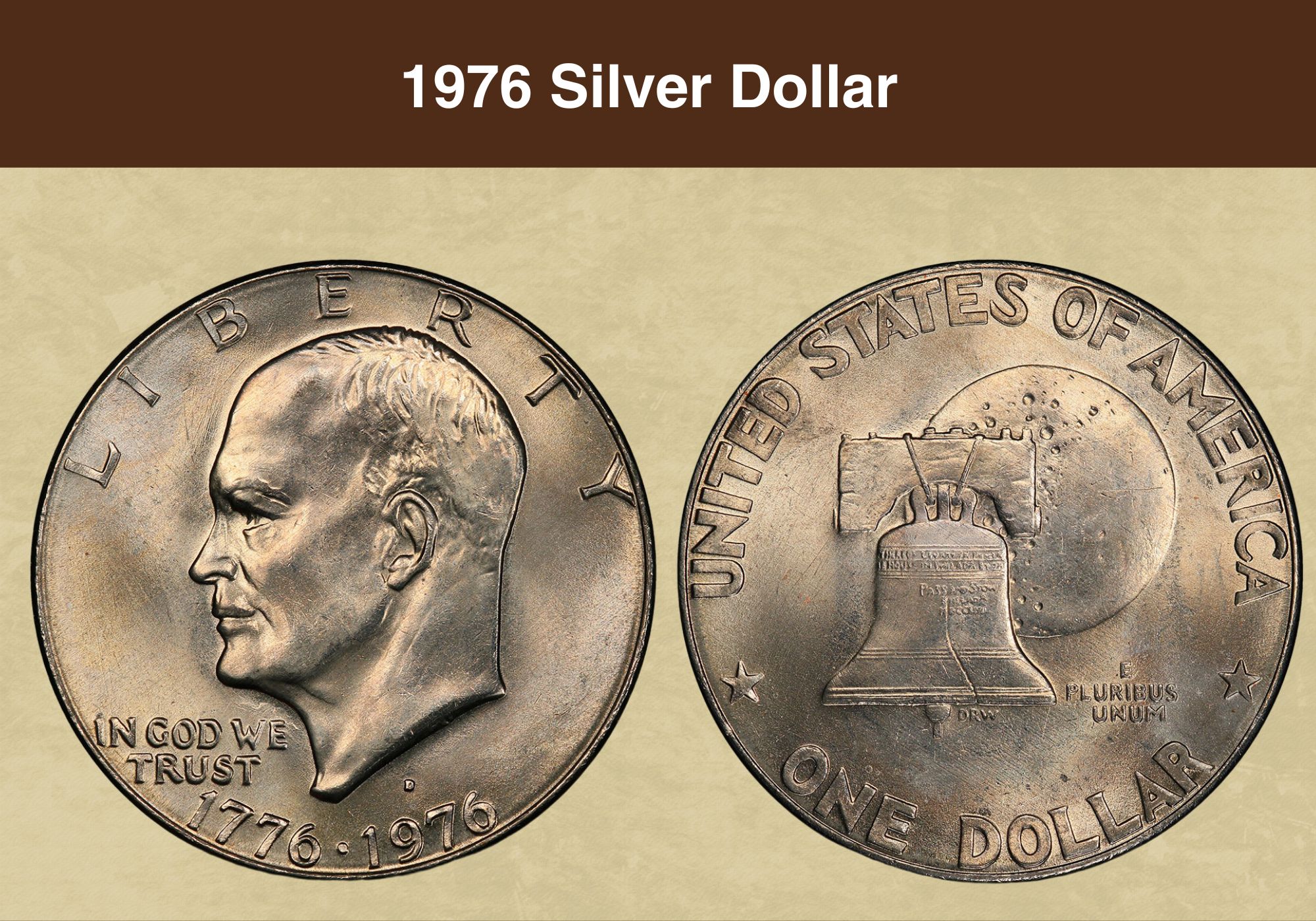
Coin Value Contents Table
- 1976 Silver Dollar Value Chart
- History of the 1976 Silver Dollar
- Features of the 1976 Silver Dollar
- 1976 Silver Dollar Value Guide
- 1976 S Silver Dollar Value
- 1976 S Proof Silver Dollar Value
- 1976 No S Proof Silver Dollar, Type 2 Value
- 1976 Silver Dollar Grading
- Rare 1976 Silver Dollar Error List
- Where to Sell Your 1976 silver dollar ?
- FAQs
Most of the dollar coins minted in 1976 were made from copper clad in an alloy of copper and nickel. Some, though, were made of silver. So if you have one of those silver coins, how much might it be worth?
That’s what we’re going to find out! Join us as we investigate the 1976 silver dollar value. We’ll look at the different kinds of coins out there. And we’ll learn about their history and design.
So if you’re ready, let’s get started!
1976 Silver Dollar Value Chart |
||||
| Mint mark | XF45 | MS60 | MS65 | MS68 |
| 1976 S Silver Dollar Value | $13 | $16 | $28 | $225 |
| PR60 | PR63 | PR66 | PR69 | |
| 1976 S Proof Silver Dollar Value | Cameo: $14
Deep Cameo: $14 |
Cameo: $14
Deep Cameo: $16 |
Cameo: $18
Deep Cameo: $19 |
Cameo: $28
Deep Cameo: $42 |
| 1976 No S Type 2 Proof Silver Dollar Value | n/a | n/a | $850,000 | n/a |
History of the 1976 Silver Dollar
The 1976 mintage of dollar coins was the fifth to feature the image of the former president, Dwight D. Eisenhower. The design gave the coins their nickname, Eisenhower dollars.
From the outset, these coins were struck on different types of planchet. 1971 saw the Philadelphia and Denver Mint facilities producing dollars with a copper core. They were clad in an alloy of 75% copper and 25% nickel, giving them a silver color.
But the dollars struck at the San Francisco Mint facility contained real silver. They had a core made from a mixture of 79% copper and 21% silver. Those proportions were reversed for the cladding, which was 80% silver and 20% copper.
The dual issue of clad and silver dollars continued into 1976. And again, it was the Philadelphia and Denver facilities which produced the clad coins, while San Francisco struck the silver coins.
But why were two different types of planchet used in the same year?
Well, it was the result of a disagreement in Congress. Some felt that rising silver prices meant that using the metal for the Eisenhower dollar was unnecessarily costly. Others argued that using base metal for a dollar coin bearing the image of a former president was disrespectful.
Using both types of planchet was a compromise. Production costs would be kept down by striking the majority of dollars on clad planchets. But the use of silver planchets too would signify the nation’s respect for Eisenhower.
The series was not to last long, however. The coin was too large and heavy to be popular in everyday use. And most of the coins issued for circulation found their way into casinos in the end.
The last Eisenhower dollars were minted in 1978. They were replaced the following year with the smaller Susan B. Anthony dollar.
Also read: 12 Most Valuable One-Dollar Coin Worth Money
Features of the 1976 Silver Dollar
The Obverse of the 1976 Silver Dollar
The dollar coins minted in 1976 had the same obverse as the Eisenhower dollars launched in 1971. They carried a portrait of the former president by the Mint’s Chief Engraver, Frank Gasparro.
Gasparro based his image on a sketch he had made of Eisenhower almost thirty years earlier. He had attended a parade at the end of the Second World War. Standing in the crowd, he had taken the likeness of the man who was then General Eisenhower.
The dollar shows Eisenhower’s head and neck in profile. He is facing to the left as the coin is viewed. Above him is inscribed the word “LIBERTY”, arching parallel with the upper coin edge. On the left of the coin is the motto “IN GOD WE TRUST”.
The 1976 dollar marked the bicentenary of American Independence. As such, it carries two dates – 1776, the year of independence, and 1976, the bicentenary and mintage year.
All the business strike silver dollars were produced at the Mint facility in San Francisco. As such, they all bear the “S” mint mark. Look for it just beneath the cut-off of Eisenhower’s neck.
The San Francisco facility struck proof dollars too. All but one of those coins also has the “S” mint mark in the same location. (And if we’ve piqued your curiosity, we’ll find out more about the coin which doesn’t have that mint mark later.)
The Reverse of the 1976 Silver Dollar
The design on the reverse of the first Eisenhower dollars was based on a “mission patch” commemorating the Apollo 11 moon landing. It showed an eagle landing on the moon, with a small Earth on the horizon.
But it was decided to mark the bicentenary with a different design. A public competition was launched, and the winner was an art student named Dennis R. Williams. Just 22 years old at the time, Williams became the youngest ever designer of a US coin.
His design shows the Liberty Bell superimposed against the moon. The country name curves around the top edge of the coin, while the denomination mirrors it at the bottom. A star, representing the states, separates the two on each side.
The Latin motto “E PLURIBUS UNUM” appears to the right of the bottom edge of the bell. The words mean “From the many, one” and refer to the country’s genesis as a union of states.
Other Features of the 1976 Silver Dollar
Just like the clad dollars from the same year, 1976 silver dollars measure 38.5 millimeters in diameter. There is, however, a difference between the weight of the two types. Silver dollars are slightly heavier, weighing 24.6 grams as against the 22.7 grams of the clad type.
The edge is reeded – a device first used in the eighteenth century to protect against fraud. The parallel grooves make it impossible to disguise if silver has been “clipped” away.
This YouTube video from BigDCoins looks at the 1976 dollar in detail.
Also read: 14 Most Valuable Coins In Circulation
1976 Silver Dollar Value Guide
1976 S Silver Dollar Value
The 1976 silver San Francisco dollar will always have an intrinsic value linked to its silver content. But there’s not much silver in a coin weighing under 25 grams. The key to the value of an individual coin is instead its quality and condition.
Coins are graded from 1 to 70, with coins graded 1 being in the worst condition they could be whilst still being identifiable. Coins graded 70 are flawless. And anything graded 60 and above is known as “mint state”. That means it has few signs of wear, consistent with it not having been in circulation.
A 1976 San Francisco dollar graded XF45 – the XF stands for “extremely fine” – is worth around $13. For not much more than that you can get a mint state example. A coin graded MS60 is valued at just $16.
These modest figures reflect the coins’ availability. The San Francisco Mint facility struck 11 million dollar coins in 1976, and most of those survive to this day.
They’re easy to find in grades up to MS65 – the lowest level at which a coin is termed a “gem”. And even a coin graded MS67 is valued at only around $48.
From there, though, prices climb steeply. The PCGS, an independent coin grading agency, values a 1976 silver San Francisco dollar graded MS67+ at $110. The value climbs to $225 at MS68, and $6,500 at MS68+.
Two coins tie for the title of the finest examples known to exist. They’re both graded MS69. And the PCGS values them at no less than $25,000 apiece.
1976 S Proof Silver Dollar Value
The silver proof dollars struck at San Francisco were targeted at collectors. They were made using specially prepared dies and highly polished planchets. But despite this, they’re not as valuable as you might expect.
That’s because they’re far from rare. By 1976, coin collecting was a well-known hobby, and 4 million silver proofs were struck. Because they were marketed as collectors’ items, most were stored carefully away. And as a result, they’re still easy to find – even in top grades.
A proof 1976 silver San Francisco dollar graded PR60 is worth under $10. And even a near-perfect PR69 example is worth only around $20.
There are some more valuable proofs around, however. Coins with an attractive contrast between reflective fields (the flat parts of the coin) and frosting on the raised parts are known as cameos. If the contrast is very dramatic, they’re deep cameos.
Either a cameo or a deep cameo designation from a reputable coin grading agency will add to a coin’s value. But in most cases, they can still be purchased for a reasonable outlay.
Cameo proof dollars from 1976 range in value from $14 at PR60 to double that at PR69. Three cameos have been graded a perfect PR70. To date, however, there’s no sales information for those, and the PCGS doesn’t hazard a guess at their value.
Deep cameos can also be picked up for around $14 at PR60, but prices rise more steeply from there. A deep cameo graded PR69 is worth around $42.
The finest known deep cameos are graded a perfect PR70. The PCGS has certified well over 300 coins at that level, and values them at $1,450 apiece.
1976 No S Proof Silver Dollar, Type 2 Value
The 1976 No S proof silver dollar is one of the rarest and most interesting of all modern US coins.
In the middle of 1975, the Mint made a small change to the lettering on the reverse of the dollar coin to improve strike quality. The coins produced after that are known as “Type 2” coins, and have thinner letters than the earlier Type 1.
What makes this particular proof example unique is that it doesn’t have an “S” mint mark.
Various theories have been put forward to explain its existence. One that seems plausible is that the Philadelphia Mint facility, which didn’t use mint marks, struck some trial coins. These would have been used to test if thinner lettering really did improve the quality of the strike.
Quite how this coin survived and entered into circulation is unknown. But it was found in a Washington department store in 1977.
It has since been assessed by the PCGS and graded PR66 cameo. And today, the PCGS estimates its value at a staggering $850,000.
Also read: Top 10 Most Valuable Morgan Silver Dollar Worth Money
1976 Silver Dollar Grading
Rare 1976 Silver Dollar Error List
1976 S Silver Dollar, Struck Through Embedded Tape
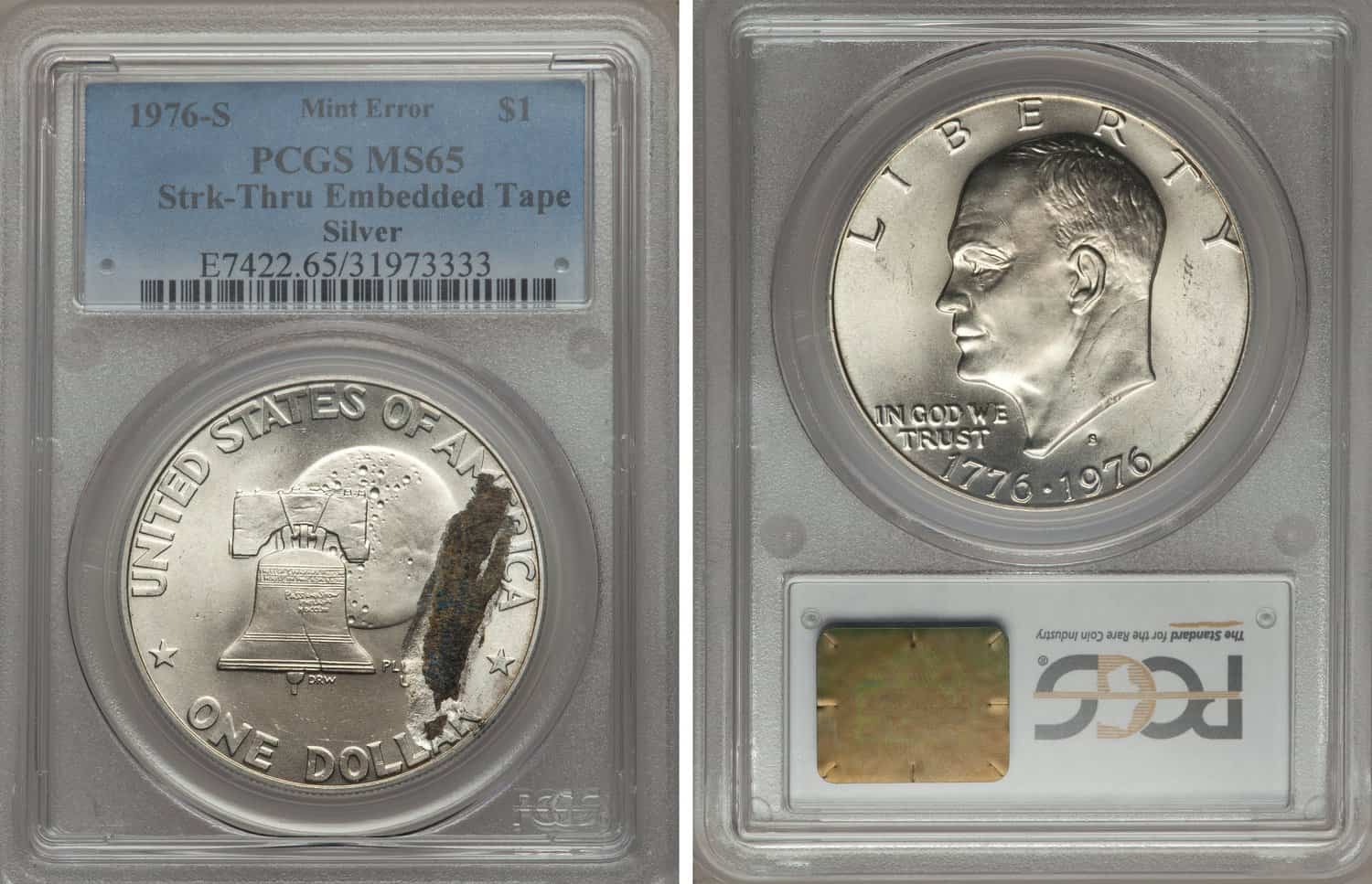
Very occasionally, a foreign object gets in the way as a coin is being struck. It can then be embedded in the coin. The Mint’s quality assurance processes should pick up errors like these, and the resulting coins should be destroyed.
But in the case of one 1976 silver dollar struck in San Francisco, that didn’t happen. Here, it was a piece of tape that somehow found its way onto the coin. It can be seen on the reverse, on the right-hand side as the coin is viewed.
It was graded MS65 by the PCGS, and sold at auction for $1,500.
1976 D Silver Dollar, Double Struck
Sometimes a coin isn’t ejected from the press after it’s been struck. It’s then struck a second time.
That’s what happened with one 1976 silver dollar that was double struck in Denver. To add to the error, the second strike was markedly off-center – by about 80%. The top of the second obverse design was visible at the bottom of the coin, making it very distinctive.
It was graded at MS61 by the PCGS, and sold for over $700 at auction.
This YouTube video from Couch Collectibles takes a look at these, and other 1976 silver dollar errors, in detail.
Where to Sell Your 1976 silver dollar ?
Now that you know the value of your coins, do you know where to sell those coins online easily? Don’t worry, I’ve compiled a list of these sites, including their introduction, pros, and cons.
Check out now: Best Places To Sell Coins Online (Pros & Cons)
FAQs
How much is a 1976 silver dollar worth today?
A number of different factors will influence the value of a 1976 silver dollar. The most important of these is condition and type.
Proof dollars are easy to find, even in top grades. So all but the very best examples will be worth tens of dollars, rather than hundreds or thousands.
It’s a similar story for regular strike dollars. The better the condition of the coin, the more valuable it will be. But even gem quality coins, (those graded MS65 out of 70 and above) can be purchased for modest sums. A coin graded MS65 is worth around $30.
The very finest examples, however, are considerably more valuable. Only two regular strike 1976 silver dollars have been graded MS69, one point off perfect. And those are worth an astonishing $25,000 apiece.
What is the rarest 1976 silver dollar?
One of the 1976 silver proof dollars is truly unique. Every other silver proof dollar made that year bears the “S” mint mark for San Francisco. But one does not.
It’s thought it may have been produced to try out thinner lettering on the reverse design. The trial coin may have been made in Philadelphia, where mint marks weren’t used.
It’s been graded PR66 by the PCGS, and awarded the cameo designation. And today it’s valued at an eye-watering $850,000.

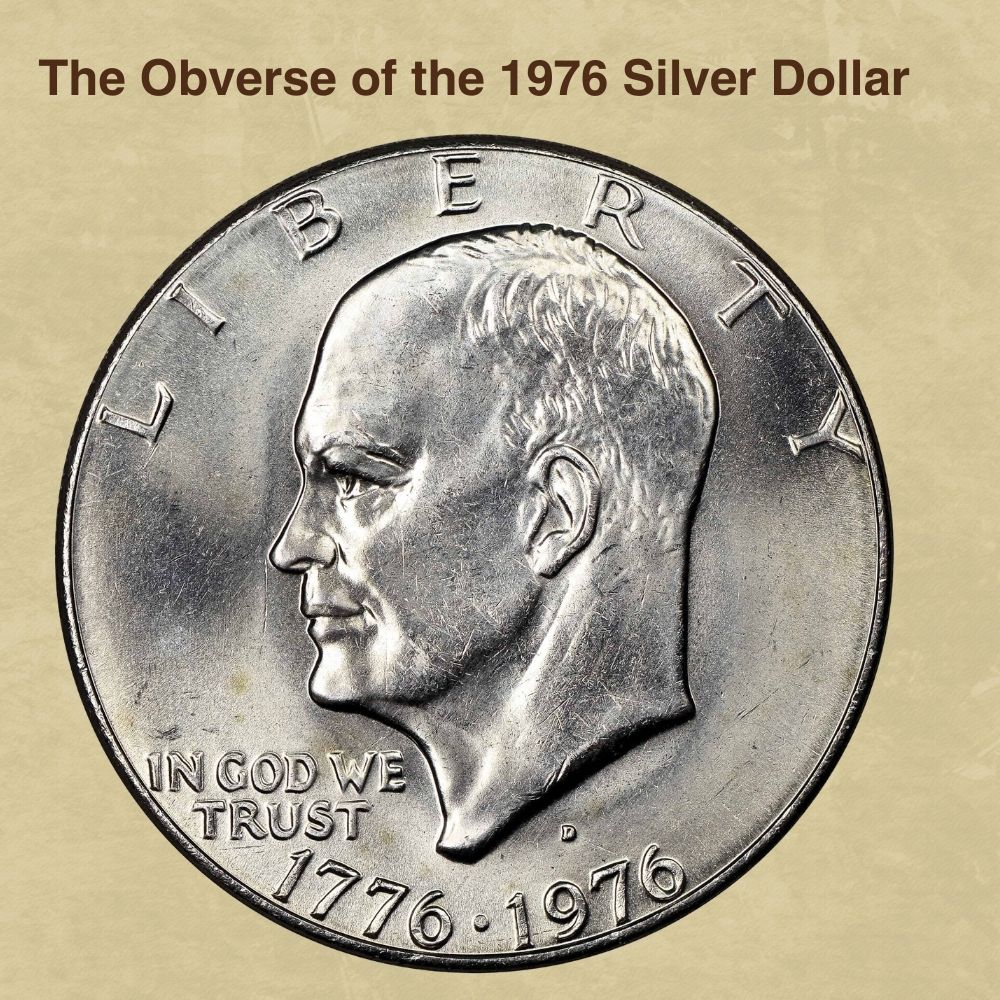
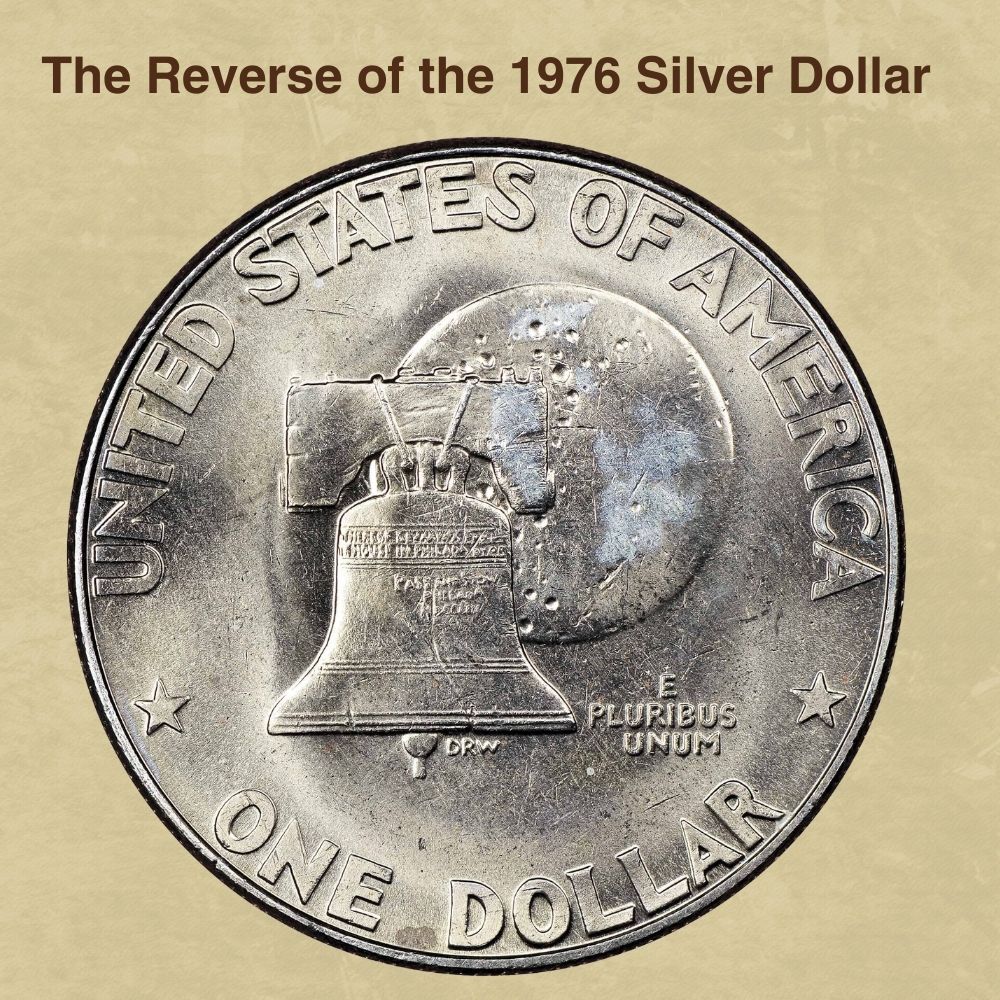
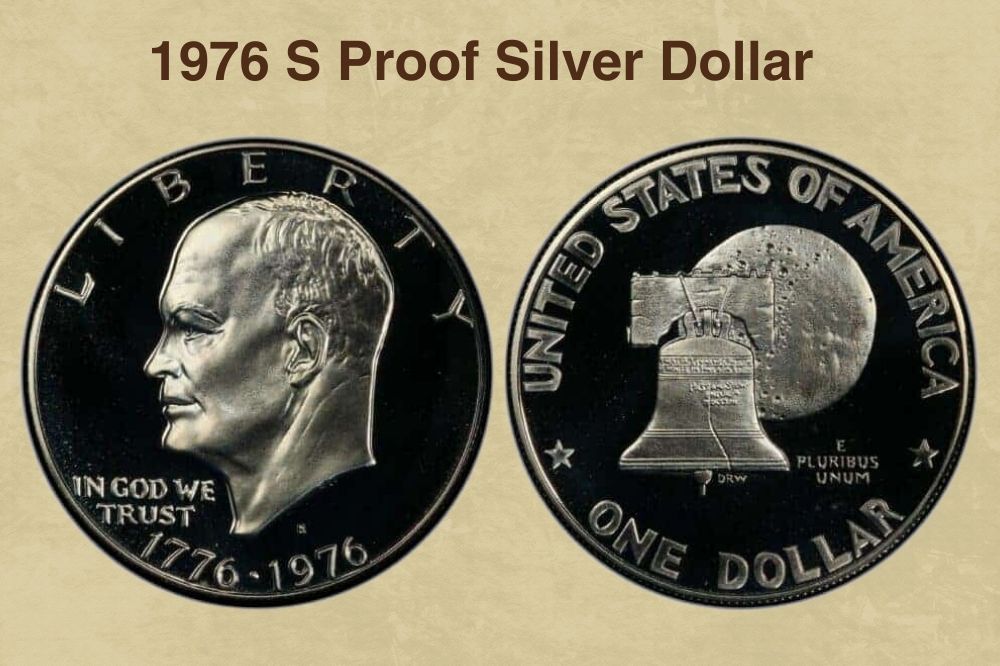
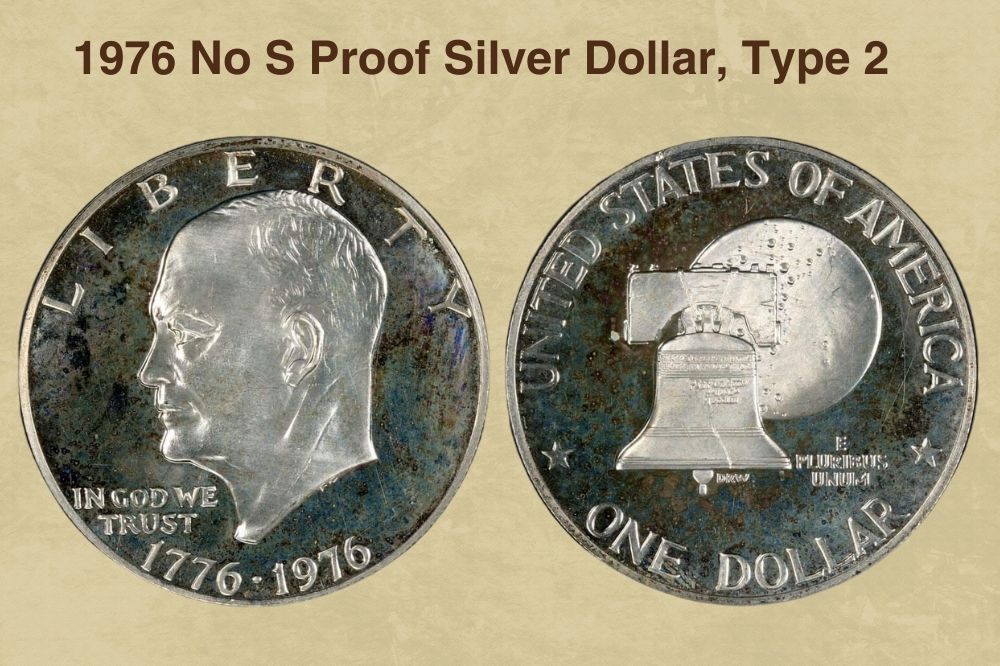
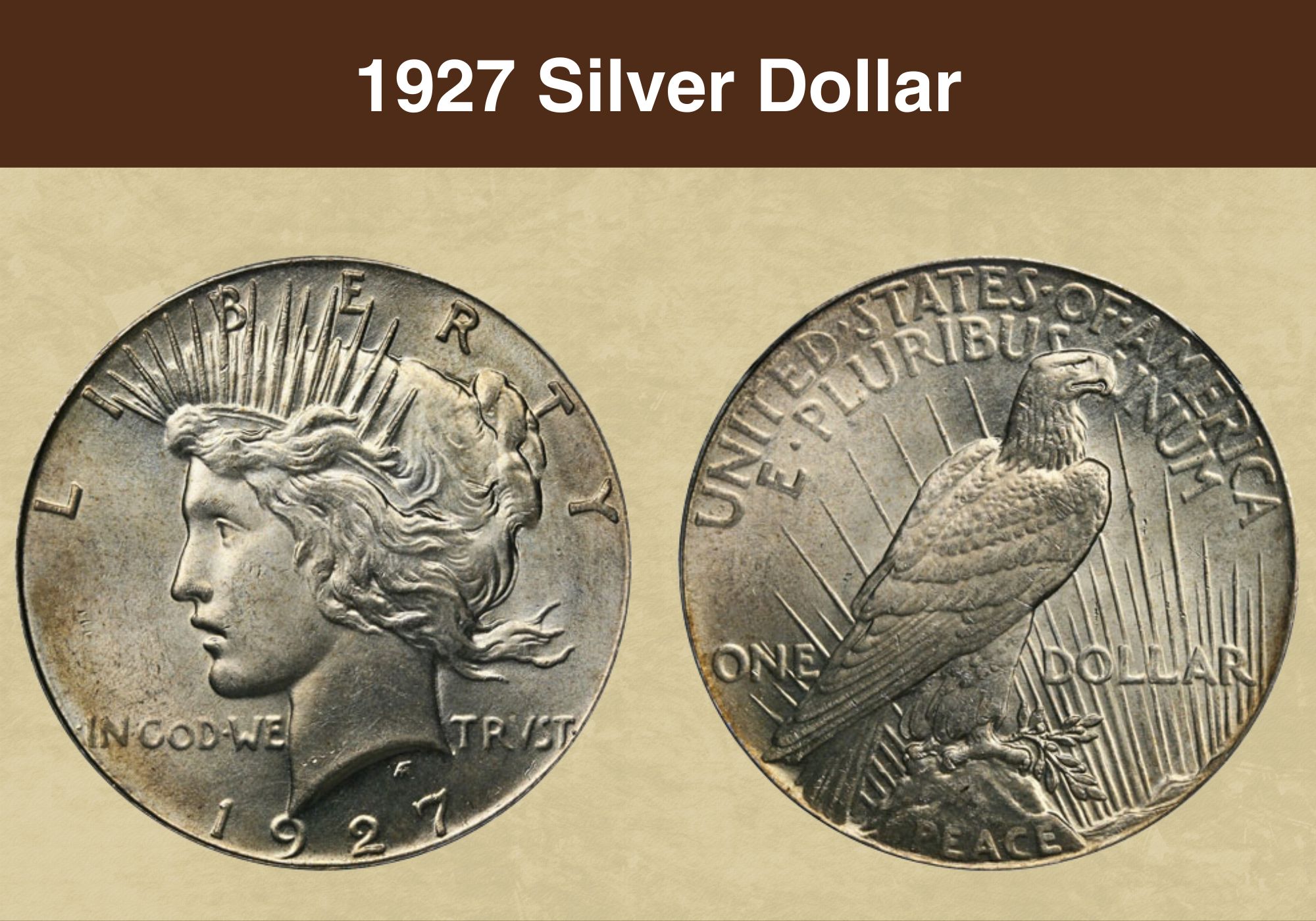
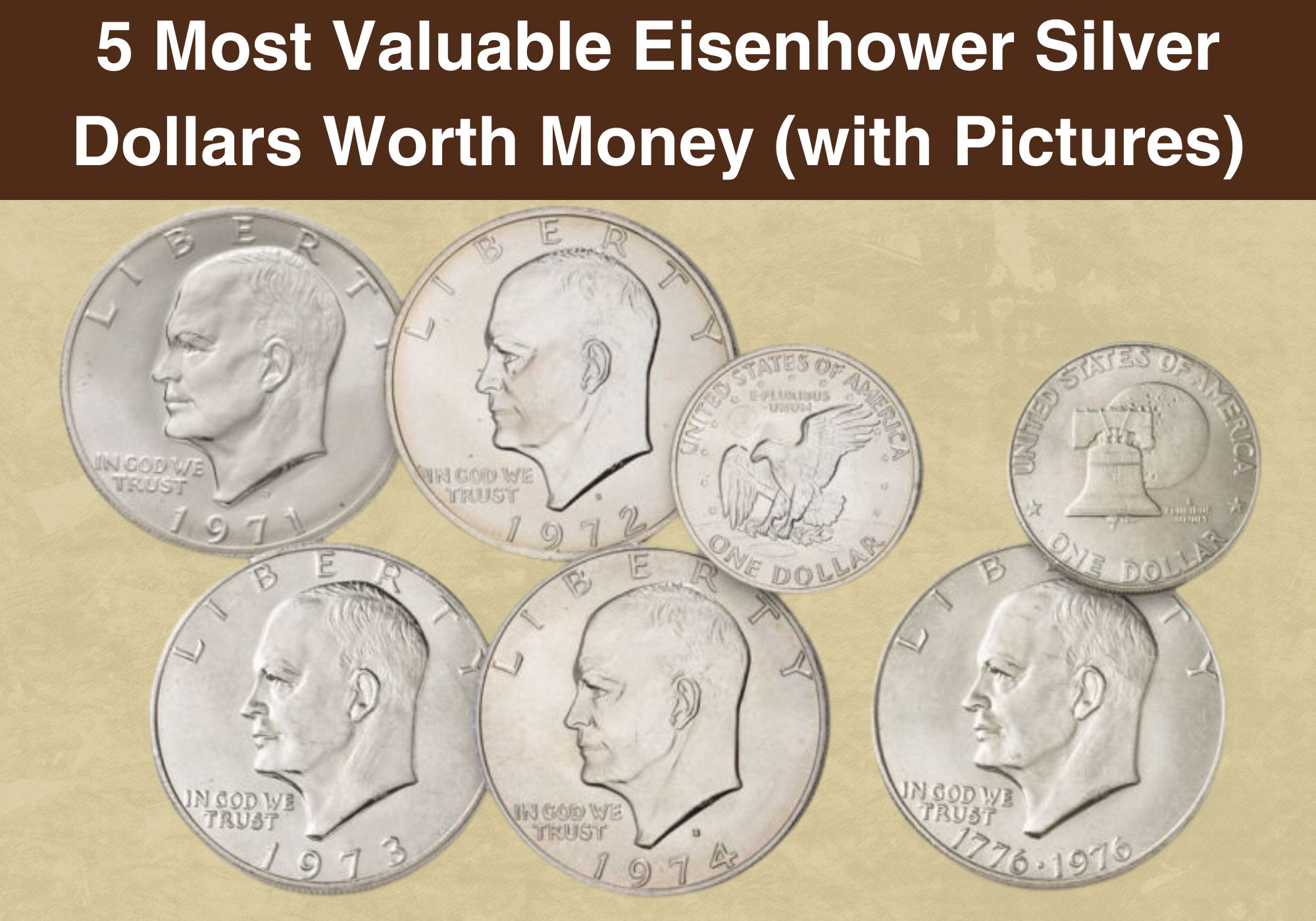
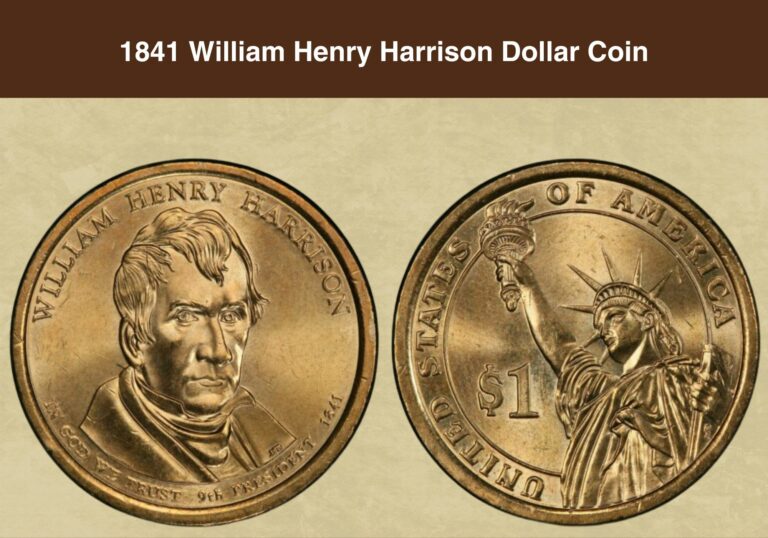
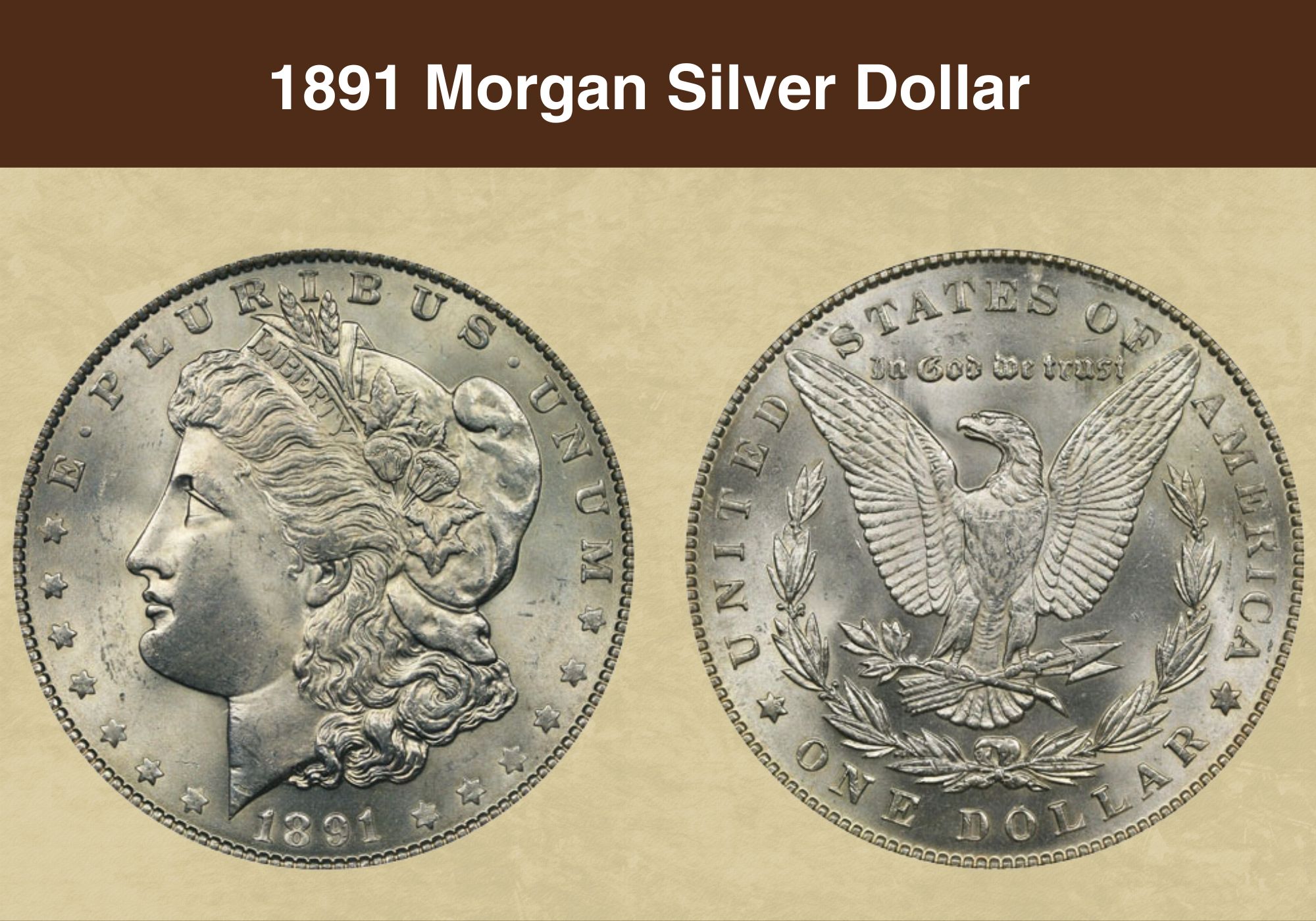
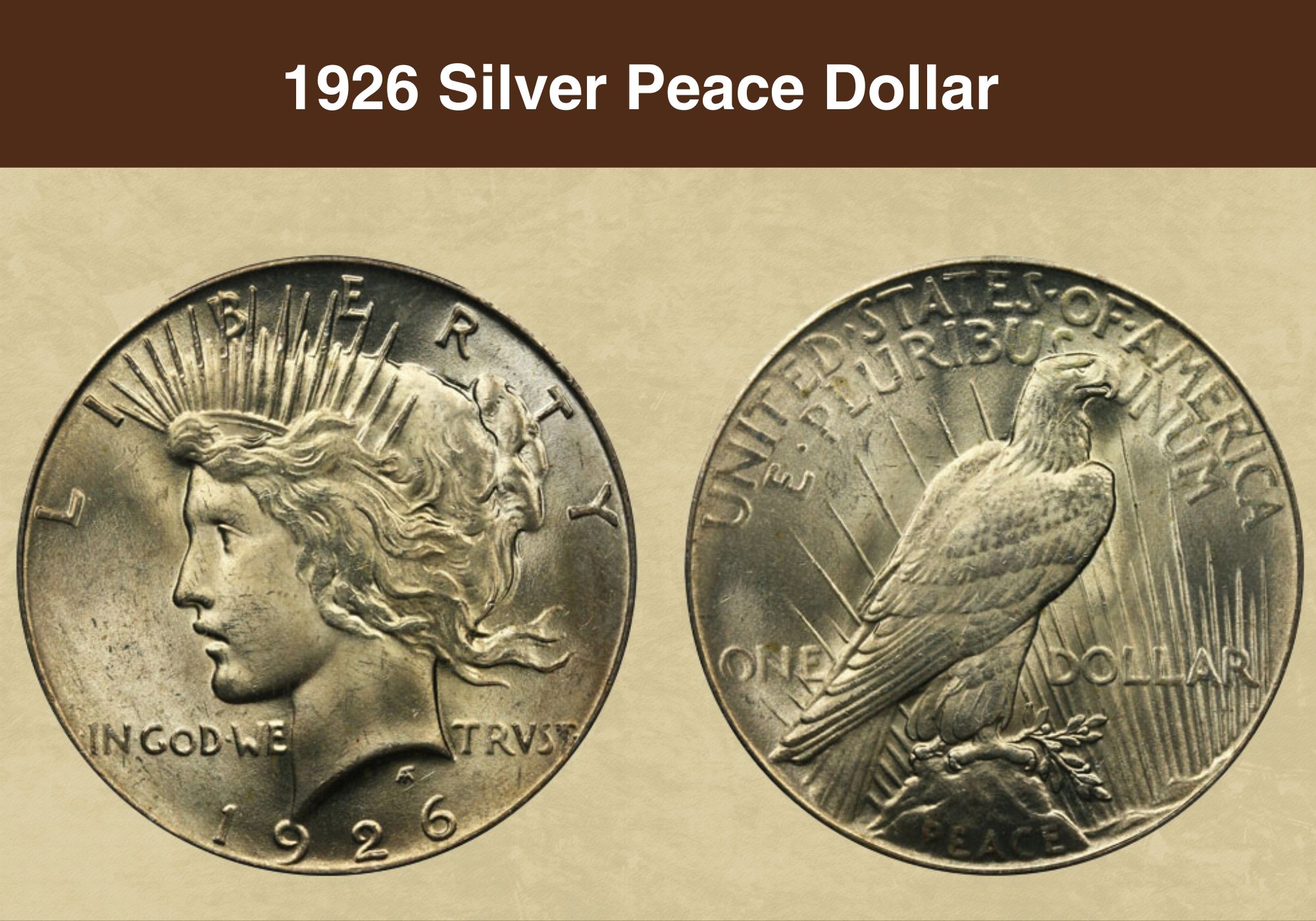
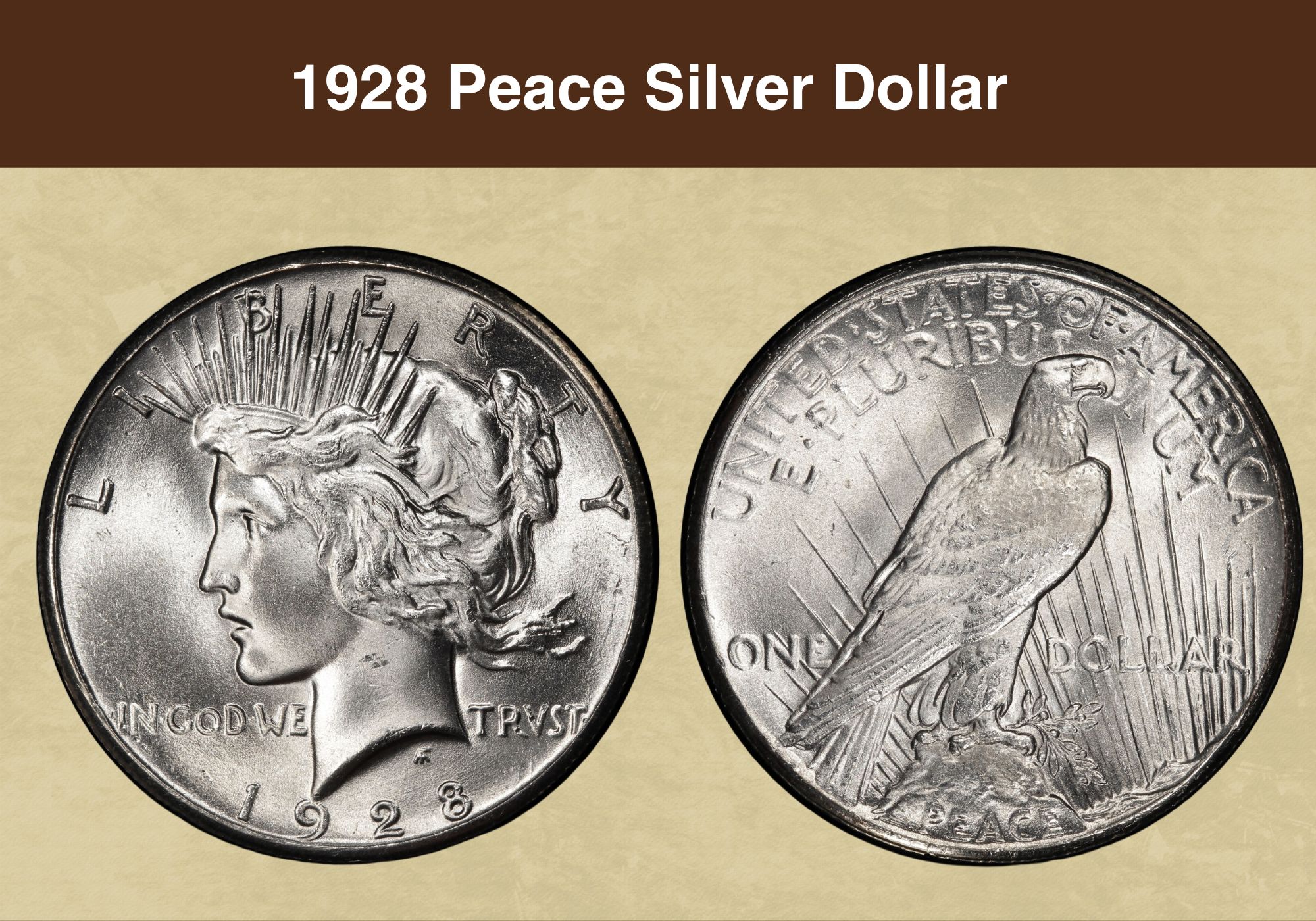
I have an Eisenhower Liberty Bell moon no “S” silver dollar that I’m looking to get a valuation on. This coin was brought back from America over 40 years ago and given to me by my grandfather. Unfortunately I don’t know anywhere in Scotland that would be able to help me with this. What is the best way to get a valuation on my coin?